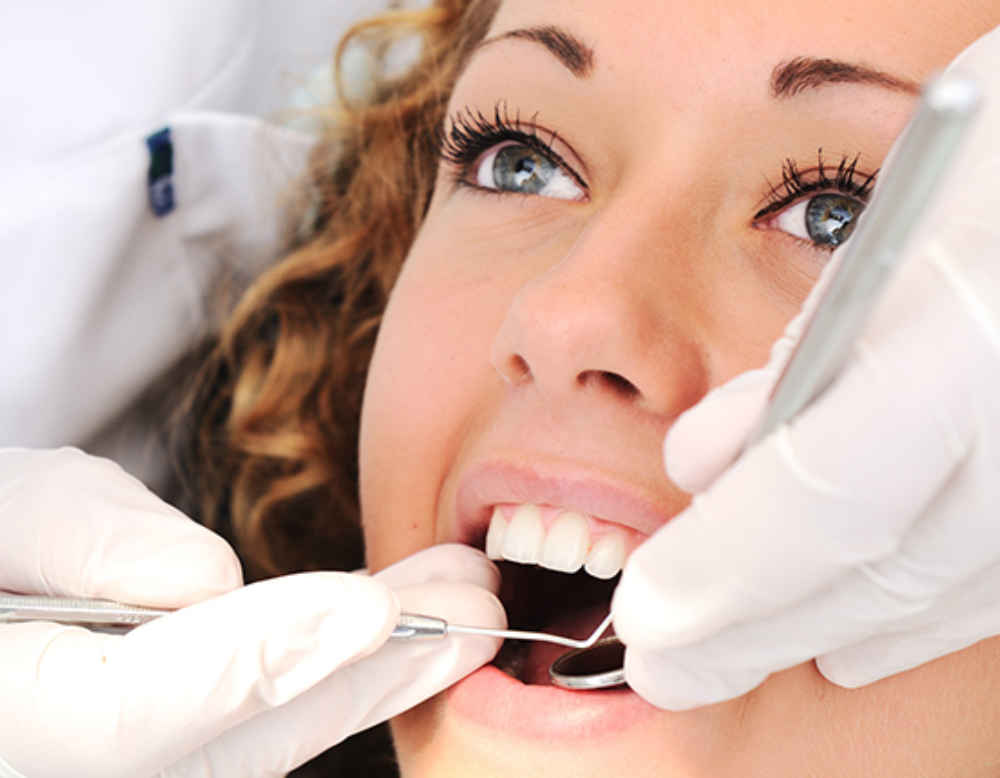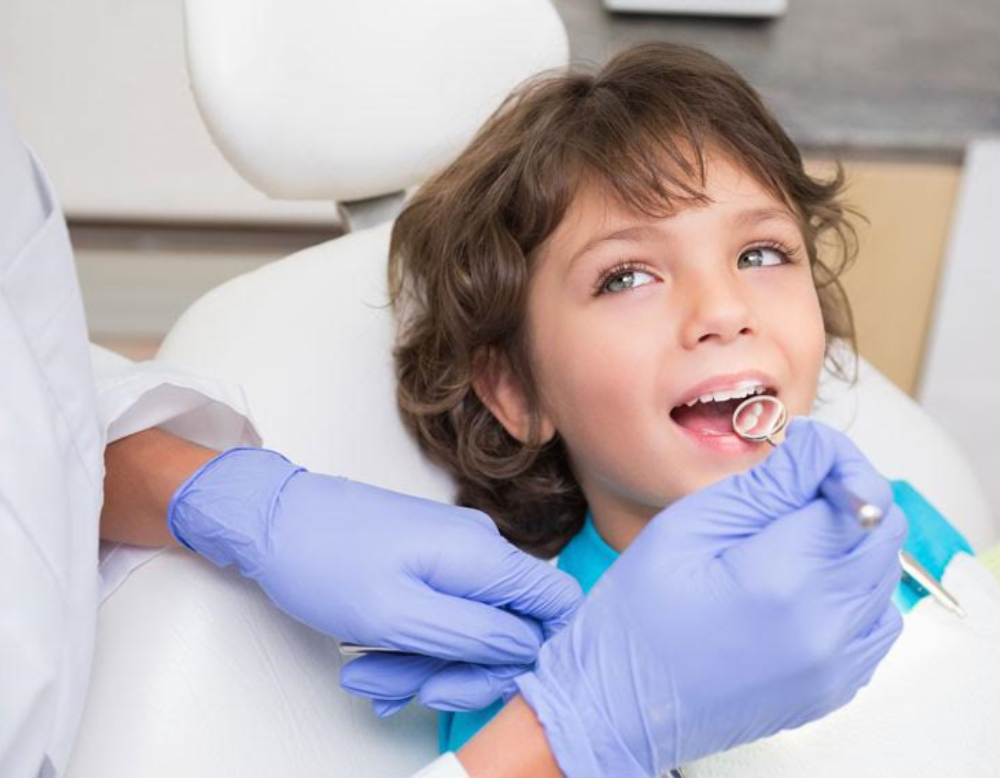Thérapie parodontale

Thérapie parodontale
Parodontite (also known as Gum Disease) Gum disease is one of the most common dental problems adults face, but gum disease can begin at just about any age. Gum disease often develops slowly and without causing any pain. Sometimes you may not notice any signs until the disease is serious and you are in danger of losing teeth. The good news is: gum disease can almost always be prevented, if it starts, it can be treated and it can even be turned around (or reversed) in its early stages.
How it happens
Healthy gums and bone hold teeth firmly in place. Gums attach to teeth just below the edge of the gums. Gum disease affects the attachment between gums and teeth. Gum disease begins with plaque. Plaque is clear and sticky and contains germs (or bacteria). It forms on your teeth every day. It also forms where your teeth and your gums meet. If plaque is not removed every day by brushing and flossing, it hardens into tartar (also called calculus). Tartar cannot be removed by brushing and flossing. Tartar can lead to an infection at the point where the gums attach to the teeth. In these early stages, gum disease is called gingivitis. Your gums may be a bit red and bleed when you brush, but you may not notice anything. As gingivitis gets worse, tiny pockets of infection form. You cannot see them, but you may notice puffy gums, traces of blood on your toothbrush, or a change in the colour of your gums. Your gums will probably not be sore. Over time, the infection breaks down the gum tissue that attaches to the teeth and create pockets between your gums and teeth. These pockets trap more plaque, are difficult to clean, and lead to more infection. At this point, you will notice swelling, bleeding or colour changes in your gums. Gum disease also causes the bone that holds your teeth in place to break down. If gum disease is not treated, teeth become loose and in danger of falling out.
Treatment
The best way to deal with gum disease is not to get it in the first place. To protect your oral health, brush your teeth at least twice a day, floss at least once a day and see your dentist regularly for oral examinations. The treatment for periodontitis involves removing all the sources of infection from you teeth, under your gums and from the roots of your teeth. Sometimes, a “Deep Cleaning” is done under anesthetic. Sometimes a gum surgery is necessary. In advanced cases, Dr. Seminara refers patients to the periodontist, or gum specialist.
In its early stages, gum disease is very hard to see. You may not know that you have a problem. But every time you have a dental exam, your dentist looks for signs of gum disease. If gum disease is not treated, you can have gums that are always sore, red and puffy, get a painful infection (called an abscess) in the area between your teeth and gums or lose your teeth. Without enough gum tissue and bone to hold your teeth in place, they can become loose and fall out. Nobody wants to have these things happen. With regular care, they won’t.





